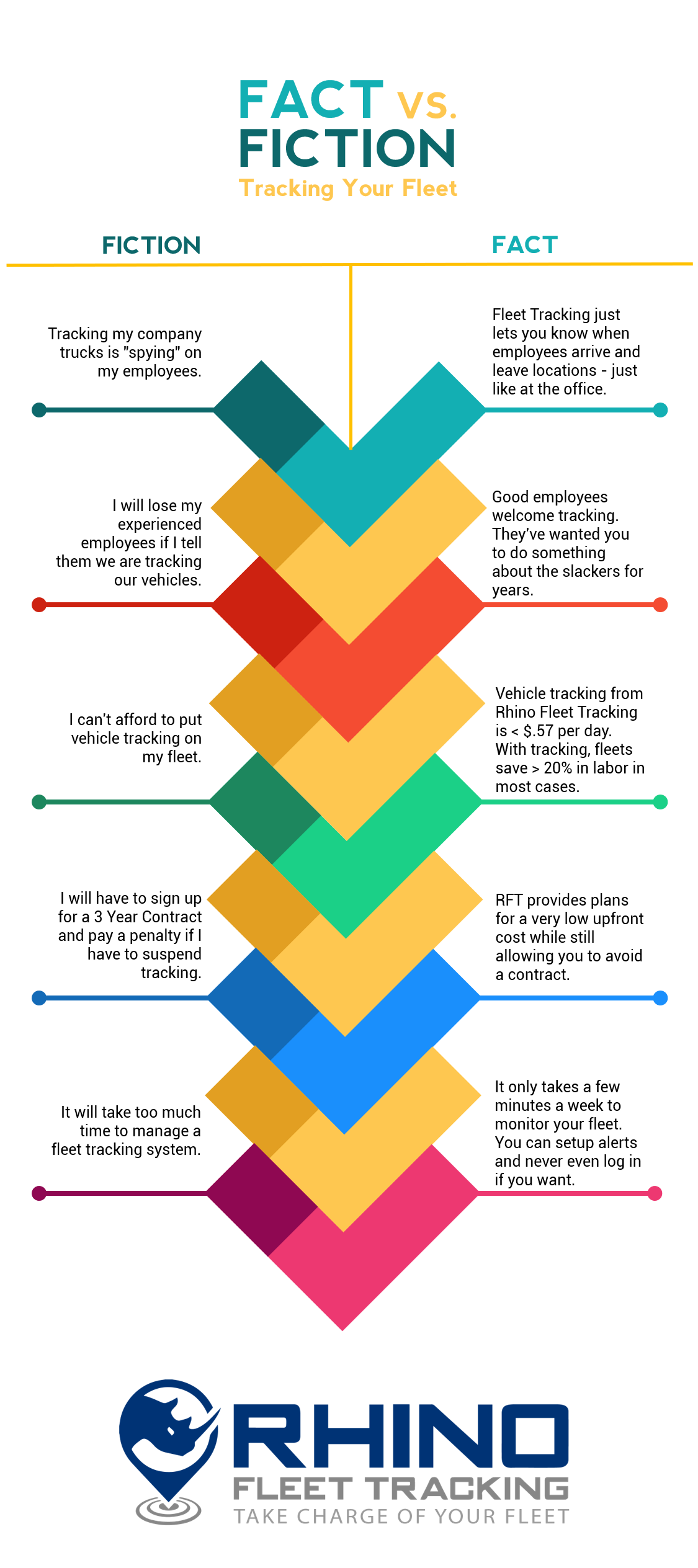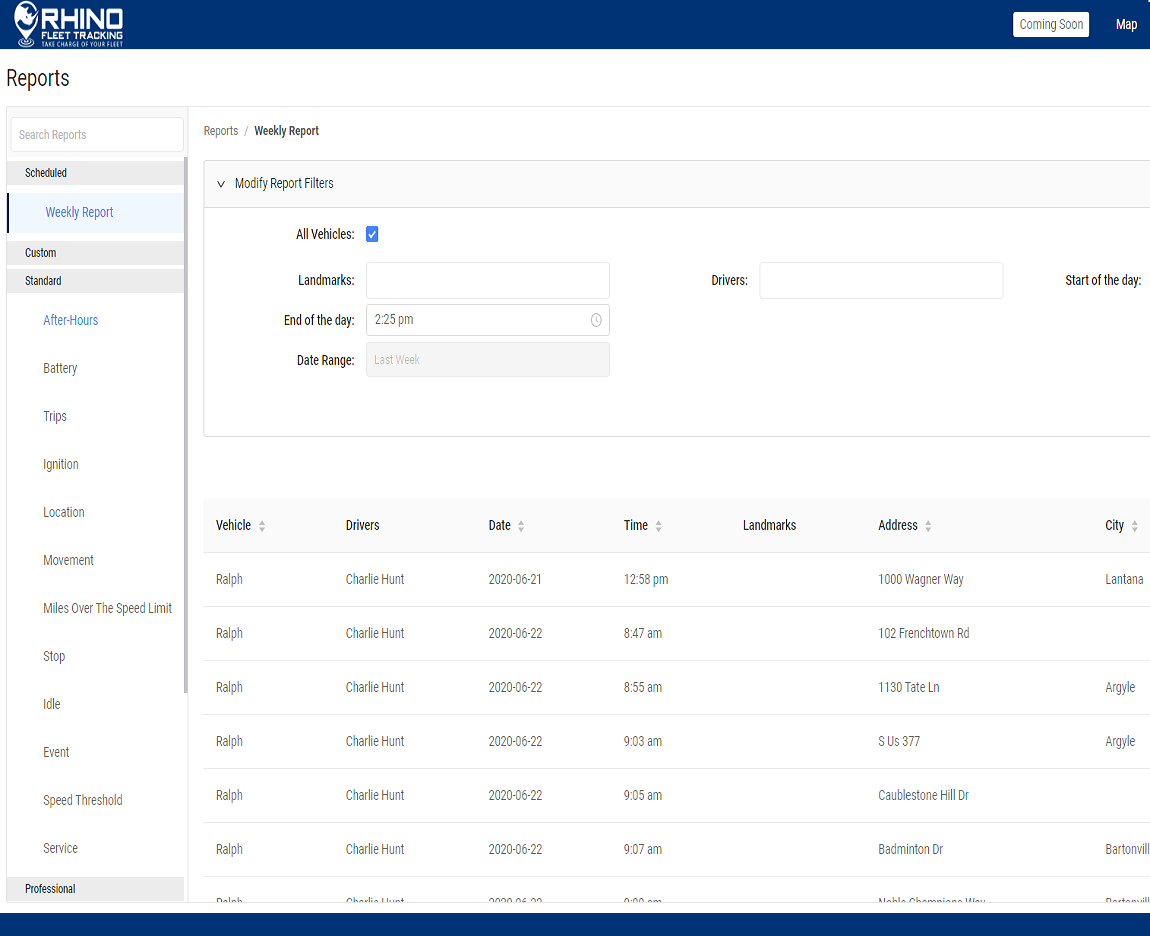How GPS Tracking Works
Communication
Vehicle Tracking is a product of taking the triangulation or location data acquired and sending that information back to an end user. The communication of data might be facilitated by cellular or satellite communication. Other options include wifi, RFID, or other forms of radio transmissions. In most cases, vehicle tracking data is stored on a server for users or 3rd party systems to fetch at the appropriate time.
Mapping
GPS tracking is most commonly rendered on a map or sent to 3rd party systems. Mapping is usually provided by 3rd party providers such as Bing or Google. Fleet Tracking Companies consume that data for the purpose of allowing fleet managers to see the history of vehicle travel on maps whereby they can then make business decisions.
Triangulation
You might be wondering how GPS tracking works. This relatively advanced technology uses the satellite-based Global Positioning System (GPS) to provide location information for any object on earth, provided the object is equipped with a receiver.This network of 24 satellites was originally put in place by the US Department of Defense for military operations, but has since been made available for civilian use.
GPS satellites orbit the earth twice daily and transmit signals back to the millions of GPS receivers here on Earth. These receivers use a technique known as triangulation to calculate the receiver user’s exact location.If the receiver is able to pick up signals from four or more of the orbiting GPS satellites, a GPS receiver can calculate the user’s 3D position. When the position is known, the receiver can then calculate other statistics such as speed, route, distance to destination, and more.
Real-Time GPS Tracking Explained
GPS tracking devices collect data internally, then transmit this collected information to a base server via cellular or satellite networks. The server decodes and decrypts the data before storing it. The user is then able to access the data almost instantaneously via a user interface. This could be a desktop application, a web application, a smartphone application, etc. Tracking systems are usually equipped with optional alerts that can be configured to send text messages or emails based on certain events such as geofence violations, unauthorized time of day usage, and many other types of activities. Furthermore, companies then use this data to run reports, schedule routing, integrated fleet dispatching software, fuel card integrations, and much more!

Rhino Fleet Tracking Dashboard
Rhino Fleet Tracking Reporting

